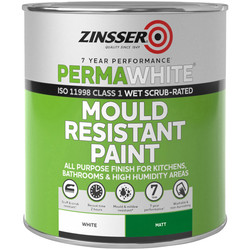I have an Edwardian house (rare for the time but it does have cavity walls). It had new UPVC windows by the previous owners.
To me it looks like they're too small and have been fitted too far forwards.
They're flush with the exterior brick line and on the inside there is packing around the inside. This gets cold when it's cold outside, condensation forms on it and then it gets mouldy.

I don't want the expense of replacing all the windows at the moment, but it is something being considered in the future. I'm looking at cost effective solututions to the condensation issue.
Has anyone any experience of thermal wallpaper and if that'd be suitable here. If I strip it all back and glue that on, then paint it.. I feel like it'd solve the issue until the windows are replaced. Not sure how far to go with it, stopping at where the packing stops or bring it all the way up to the level of the internal wall - but then I'd have an edge to deal with.
Or is there another, better solution I've not considered?
To me it looks like they're too small and have been fitted too far forwards.
They're flush with the exterior brick line and on the inside there is packing around the inside. This gets cold when it's cold outside, condensation forms on it and then it gets mouldy.
I don't want the expense of replacing all the windows at the moment, but it is something being considered in the future. I'm looking at cost effective solututions to the condensation issue.
Has anyone any experience of thermal wallpaper and if that'd be suitable here. If I strip it all back and glue that on, then paint it.. I feel like it'd solve the issue until the windows are replaced. Not sure how far to go with it, stopping at where the packing stops or bring it all the way up to the level of the internal wall - but then I'd have an edge to deal with.
Or is there another, better solution I've not considered?
Last edited:



